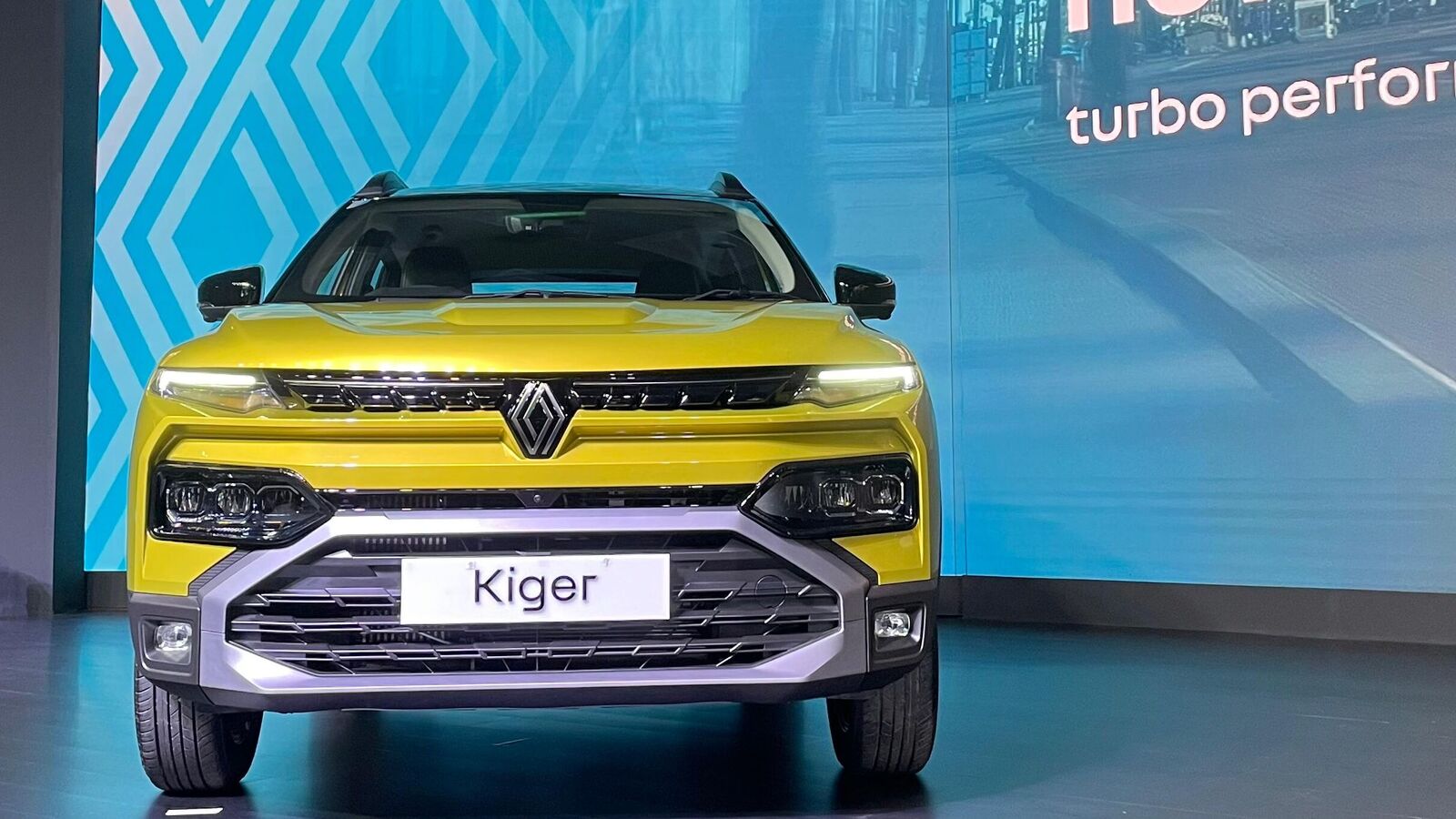Modern car interiors are increasingly becoming more digitalised and smart, connected and feature-packed, essentially becoming an extension of the cons
…
A decade ago, visitors to an auto show would have seen cars with dashboards loaded with dials, knobs and mechanical buttons. Interactive engagement between the occupants and the car’s onboard system was still a futuristic idea. However, a decade later, the situation has gone through a massive evolution. Human-machine interfaces (HMI) are now taking over the car interiors with the auto OEMs implementing smart digital interfaces built on advanced technology platforms. This gradual and drastic transformation from mechanical to electronic HMI controls promises to revolutionize the driving experience of drivers and vehicle users.
The mechanical interfaces in passenger vehicles are increasingly being replaced by voice controls, touch-sensitive panels, digital surfaces, wireless communications etc. With the advent of advanced technology-aided features that are focused on the convenience and comfort of the driver as well as driving safety, technologies such as windshields being used as heads-up displays, showing traffic updates, weather reports and other information may become a reality shortly. Overall, the HMI capabilities in modern cars are growing increasingly sophisticated, propelling massive growth in the segment of the in-car electronics market.
Also Read : Subscription vs ownership: Which model can boost India’s electric mobility dream?
what’s more interesting is that, with the rise of advanced technology-aided features ensuring better creature comforts, car interiors are increasingly becoming living rooms on wheels.
A living room on wheels
Modern consumers are engrossed with the convenience of smart devices and the internet of things, which have become ubiquitous. While the consumers enjoy the convenience and advantage of such devices, they expect the same experience in their cars. OEMs too are increasingly focusing on providing the same to their car buyers. This is a key reason behind the rapid growth of connected cars and so many in-car features.
In an attempt to meet the market and consumer expectations as well as to remain competitive, car manufacturers have started connecting cars to the internet and providing smart user interfaces in these vehicles like those available on consumers’ smart devices, in their homes and at work. This strategy ensures seamless connectivity across the consumers’ devices irrespective of the place. In a nutshell, a car interior is increasingly becoming an extension of a vehicle owner’s living room or office.
The rapid growth of capacitive user interfaces including touchscreen that can be customised for various functions like infotainment, navigation and comfort settings, instead of the traditional mechanical knobs and buttons simply testify to this shift of consumer focus.
Flexibility of design
The growth of use in capacitive user interfaces has brought a revolution in car interior design as well, ensuring maximum physical comfort through ergonomic layout. This strategy is resulting in the contemporary cars’ interiors becoming sleek with cutting-edge aesthetics, even in the lower price categories.
The use of digitalized and sleeker HMI is maximising not only physical comfort for the vehicle occupants but offering greater design flexibility to the manufacturers as well. Modern cars are increasingly focusing on spacious interiors to ensure better creature comfort, while at the same time offering enriched experiences with features such as wireless communication, superior lighting and sound systems, internet or cloud connectivity etc.
First Published Date: 03 Mar 2024, 13:18 PM IST



